1. Siamese
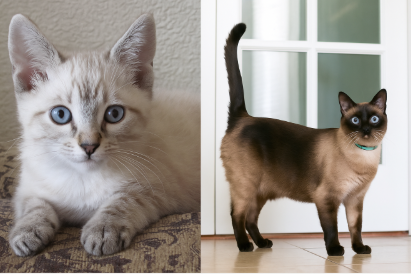
Siamese kittens arrive in the world pure and pale, only to bloom darker on their ears, paws and tail. As one source says, “A Siamese kitten is actually born completely white. The cooler areas of their body, ears, face, paws, and tail, gradually develop darker fur as they grow”. That charming transformation, guided by a temperature‑sensitive enzyme, means colder parts darken while the body stays light. Watching that process unfold across weeks and months is like a slow, warm revelation. Really makes you pause and adore each point as it appears. Want to dive deeper into their genetics or early care?
2. Burmese
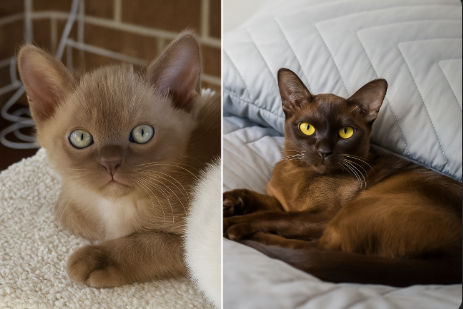
Burmese kittens may be born a soft, creamy shade and slowly darken into rich sable, champagne or blue tones over time. Their coats seem to mature alongside their personalities, shifting and deepening with age. Breeders often note that no two Burmese color changes are exactly the same, making each cat unique. The Spruce Pets describes Burmese cats as “velvety in texture, with colors that seem to ripen with time.” Their warm, affectionate nature pairs beautifully with their evolving coats, making them a favorite for families who enjoy seeing their pet’s look change as they grow older.
3. Himalayan
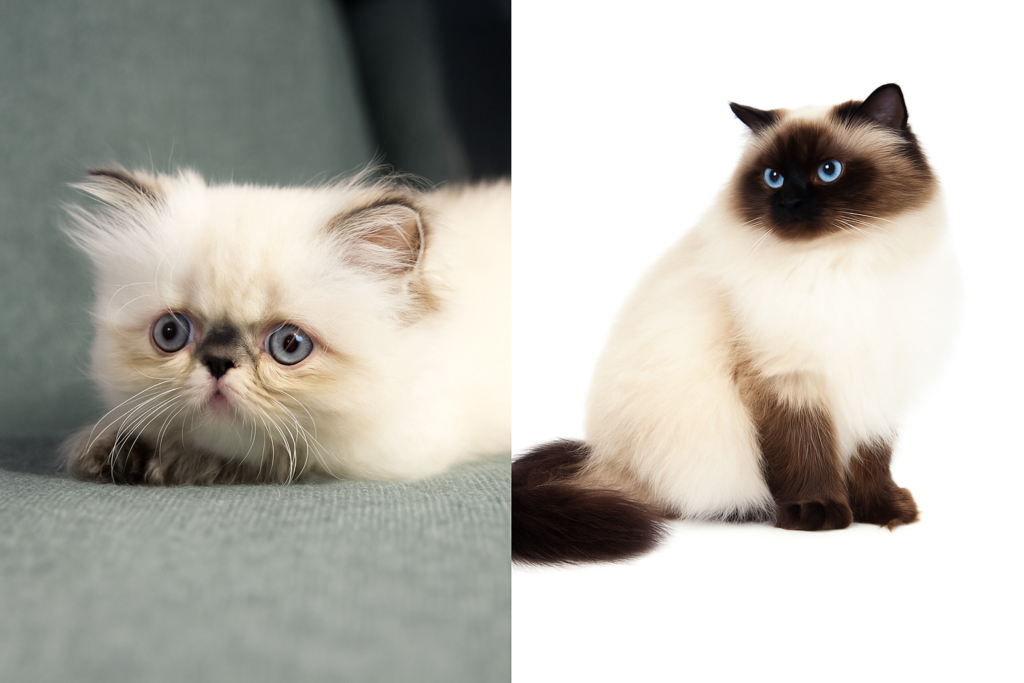
Himalayan kittens are born almost white, their thick coats resembling soft snow. As they mature, dramatic color points develop on their face, ears, tail and paws. These can range from chocolate to blue or lilac, creating a bold contrast against their light body fur. National Geographic explains that this change is linked to a gene that activates pigment in cooler areas of the body. Owners love watching their kittens slowly transform into elegant, striking adults, saying it feels like a “luxurious surprise waiting to unfold.” This evolving beauty adds to the Himalayan’s already charming and calm personality.
4. Ragdoll
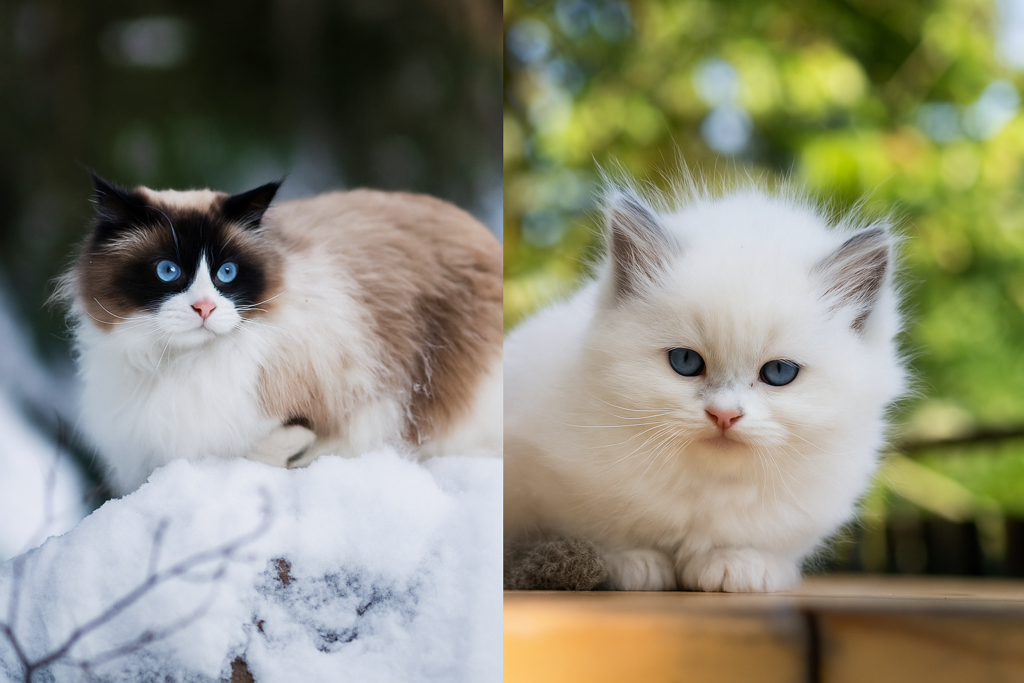
Ragdoll kittens begin life pure white, their floppy sweetness evident from day one. Over weeks and months, soft colors bloom across their bodies, forming points, mittens or bicolor patterns. According to Floppycats.com, their full coloring can take up to three years to develop completely. Owners adore this slow reveal, often comparing it to “reading a favorite book, one page at a time.” The change is not only visual but emotional, as Ragdolls are known for their loving, easygoing nature that unfolds alongside their coat’s transformation, making them a joy to watch grow and thrive.
5. Tonkinese
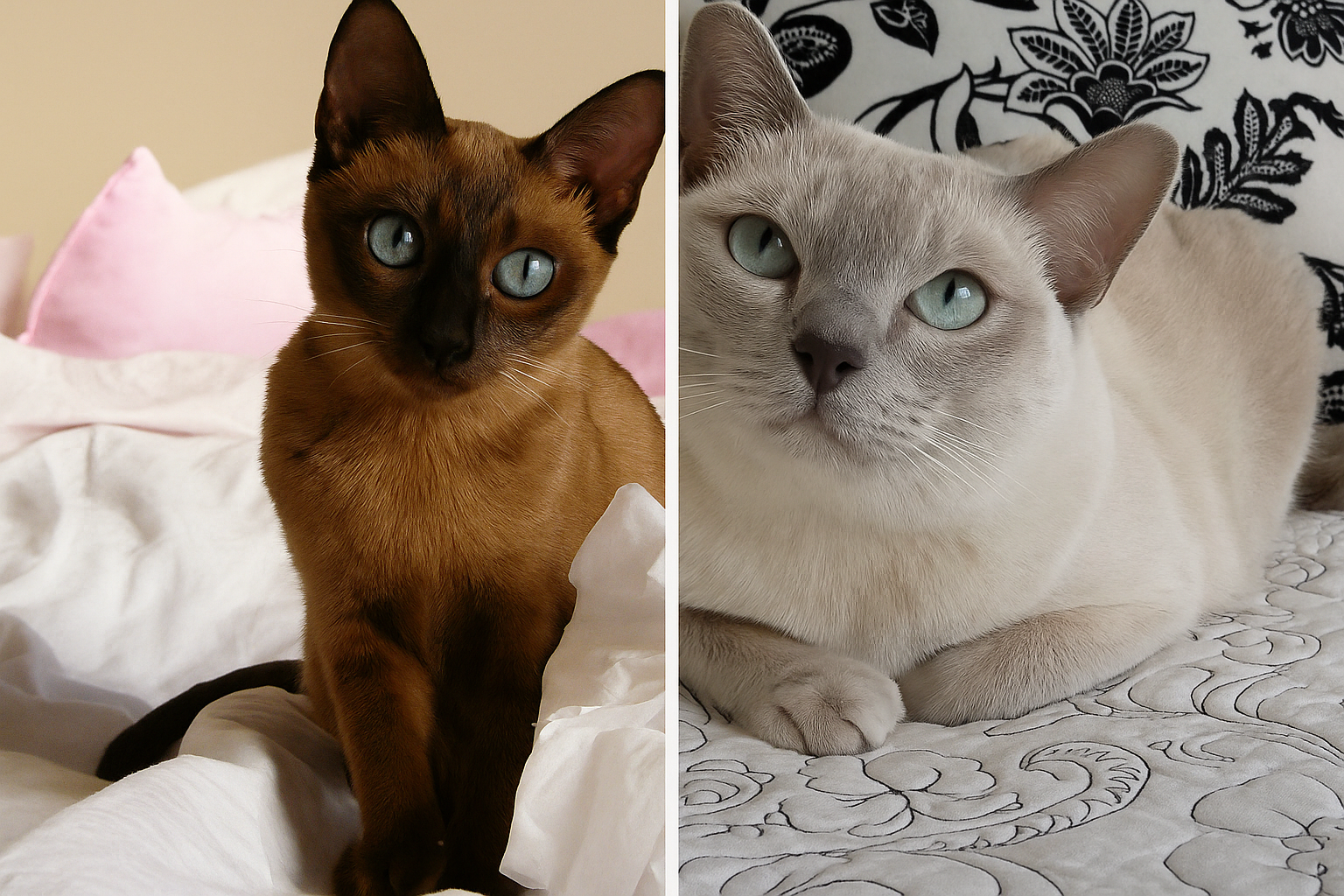
A delightful blend of Siamese and Burmese heritage, Tonkinese kittens often start pale before gaining their signature mink-like shading. Their color is a mix of point patterns and soft gradients that become richer with time. Pet experts note that their coat tone can vary widely, even within the same litter, as temperature and genetics work together. Owners often describe the change as “gentle and gradual, like watercolor spreading on canvas.” This slow evolution matches their affectionate, playful nature, making the Tonkinese a perfect companion for anyone who enjoys both lively personality and a coat that matures beautifully.
6. Snowshoe
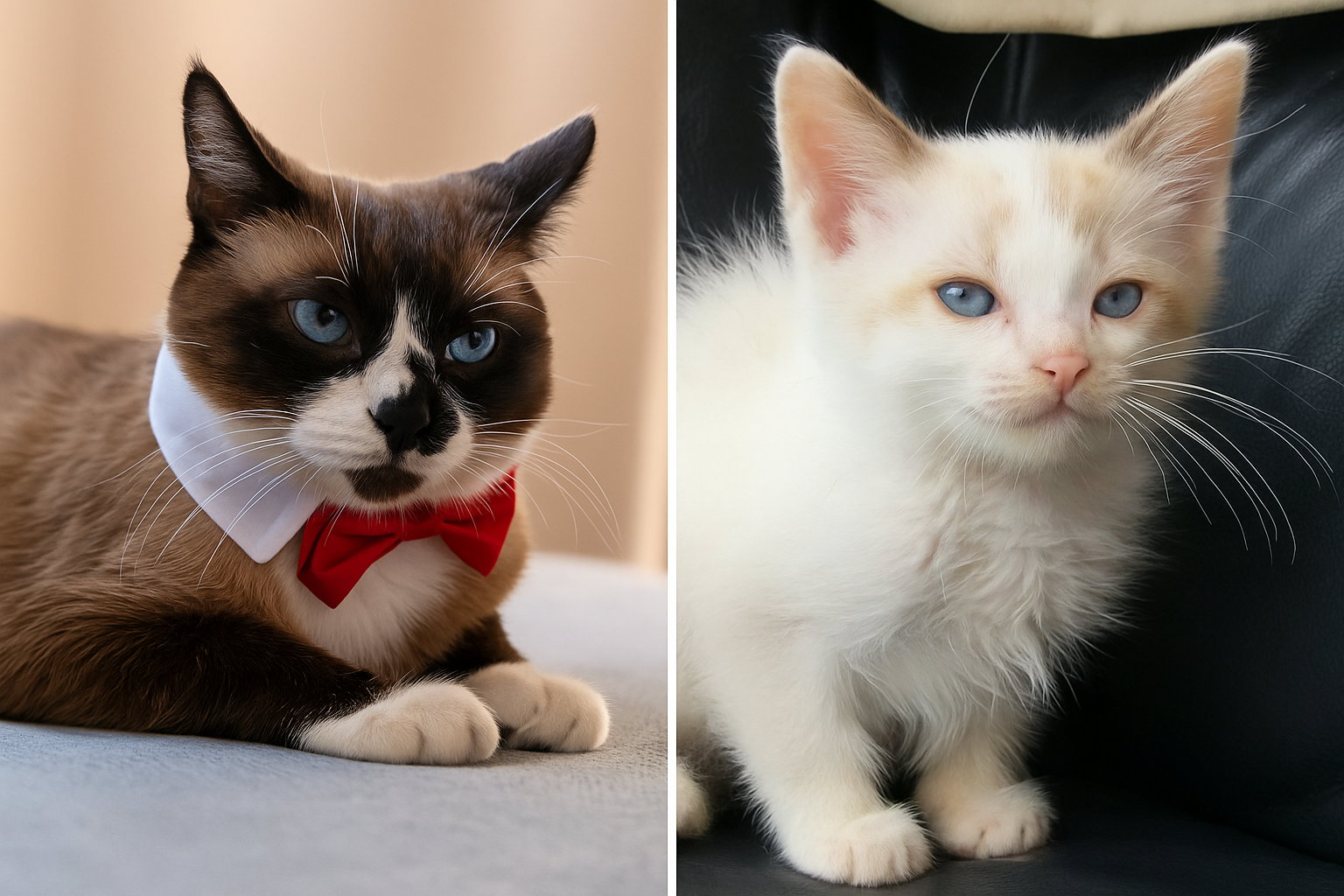
Snowshoe kittens are usually born white and develop their distinct mask and little “sock” markings over the first few months. The transformation is subtle but enchanting, as their dark facial pattern and contrasting paws take shape slowly. According to The Spruce Pets, these patterns can take up to a year to fully appear. Many owners say it feels like watching a shy kitten put on a charming outfit day by day. Along with their sweet, talkative personality, this evolving coat makes Snowshoes a fascinating breed to raise, offering surprises long after you bring them home.
7. Colorpoint Shorthair
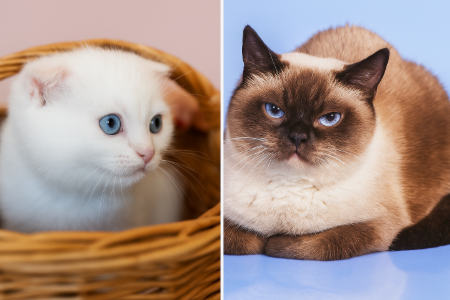
Closely related to the Siamese, Colorpoint Shorthairs show gradual darkening in their points as they age, with added color variations like red, cream or lynx. The cool parts of their bodies trigger this darkening effect over time, making each cat’s final look unique. According to Cat Fanciers Association breeders, “no two colorpoints age in exactly the same way.” Watching a Colorpoint Shorthair’s coat evolve feels like a slow transformation you can enjoy daily, from kitten fluff to full, vivid markings, while their talkative and affectionate nature keeps you equally entertained and bonded throughout their life.
8. Balinese
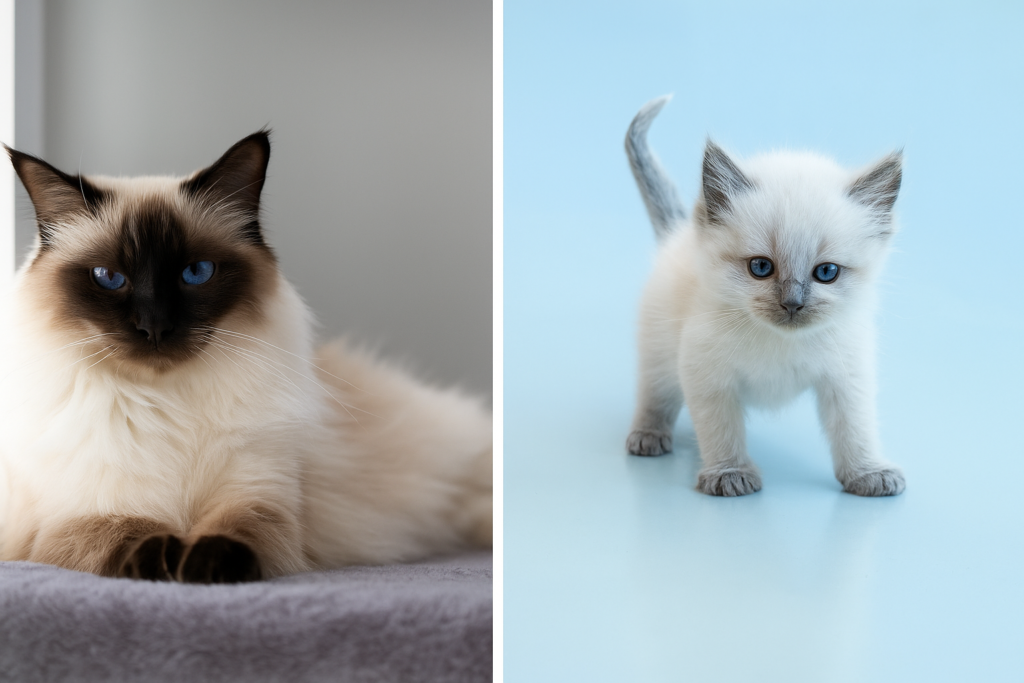
Balinese kittens begin life in soft white coats that slowly develop elegant points as they grow. The process mirrors the Siamese, but with long, silky fur that gives the transformation an extra touch of beauty. PetMD explains that their temperature-sensitive genetics mean cooler body parts deepen in color, often within the first year. Many owners describe it as “watching a cloud gather sunshine and shadow.” This graceful evolution pairs perfectly with their affectionate, playful temperament, making Balinese cats not only stunning to look at but also a joy to raise from kittenhood to their full, elegant adult stage.
9. Oriental Shorthair
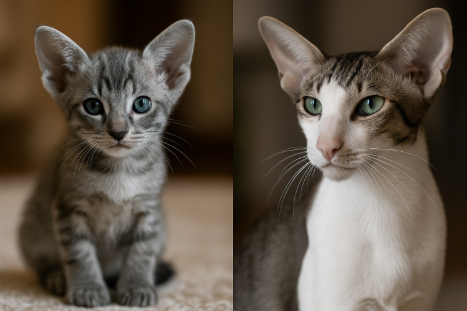
While some Oriental Shorthairs stay solid in color, others, particularly smoke or patterned types, shift dramatically as they age. Their coats can reveal deeper tones or smoky underlayers that weren’t visible at birth. According to breeders, “certain patterns emerge with time, creating surprise transformations in young kittens.” This evolving coat makes each Oriental Shorthair unique, as if their true colors are slowly being written into their fur. Owners love this sense of discovery, combined with their affectionate, energetic personalities that make every day with them warm and full of life.
10. Birman
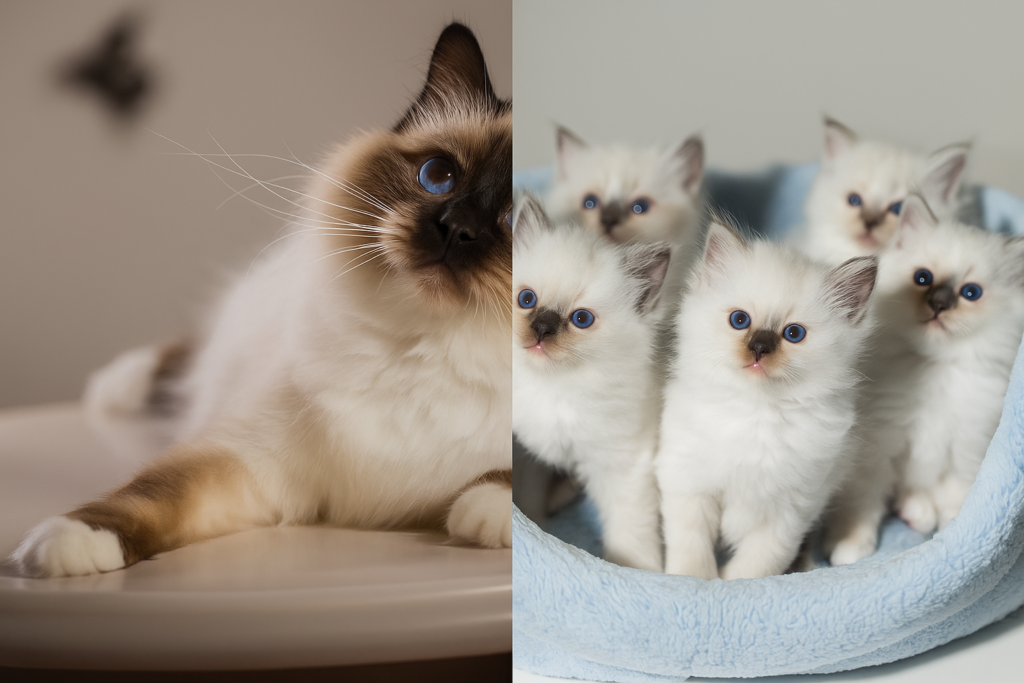
Birman kittens are born white and gradually develop soft point colors, typically seal, blue, chocolate or lilac, while their iconic white “gloves” remain unchanged. According to The Spruce Pets, this development takes several months and often deepens as they age. Owners cherish this steady reveal, comparing it to “a painting slowly brushed into focus.” Birmans are known for their sweet, gentle demeanor, and watching their coats change feels like their warmth is growing right alongside their personality, making them a beloved breed for families who love quiet companionship and unfolding beauty in their pets.
11. Persian (Pointed Variants)
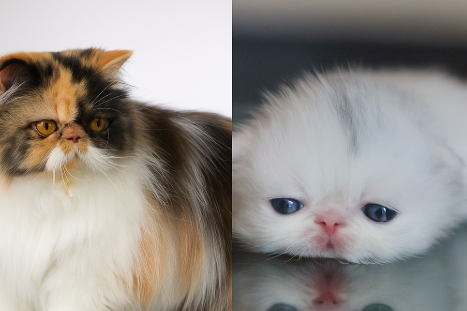
Some Persian cats, particularly colorpoint varieties, share the same temperature-sensitive color change as Siamese breeds. They often begin with pale fur that darkens on the face, ears, paws and tail over time. Breeders note that “their full color may not appear until they are nearly a year old,” giving owners a slow, regal transformation to admire. The combination of their luxurious coats and this gentle change adds a sense of elegance to their presence. Calm and affectionate by nature, Persian cats offer warmth in both personality and appearance as they grow into their full beauty.
12. Javanese
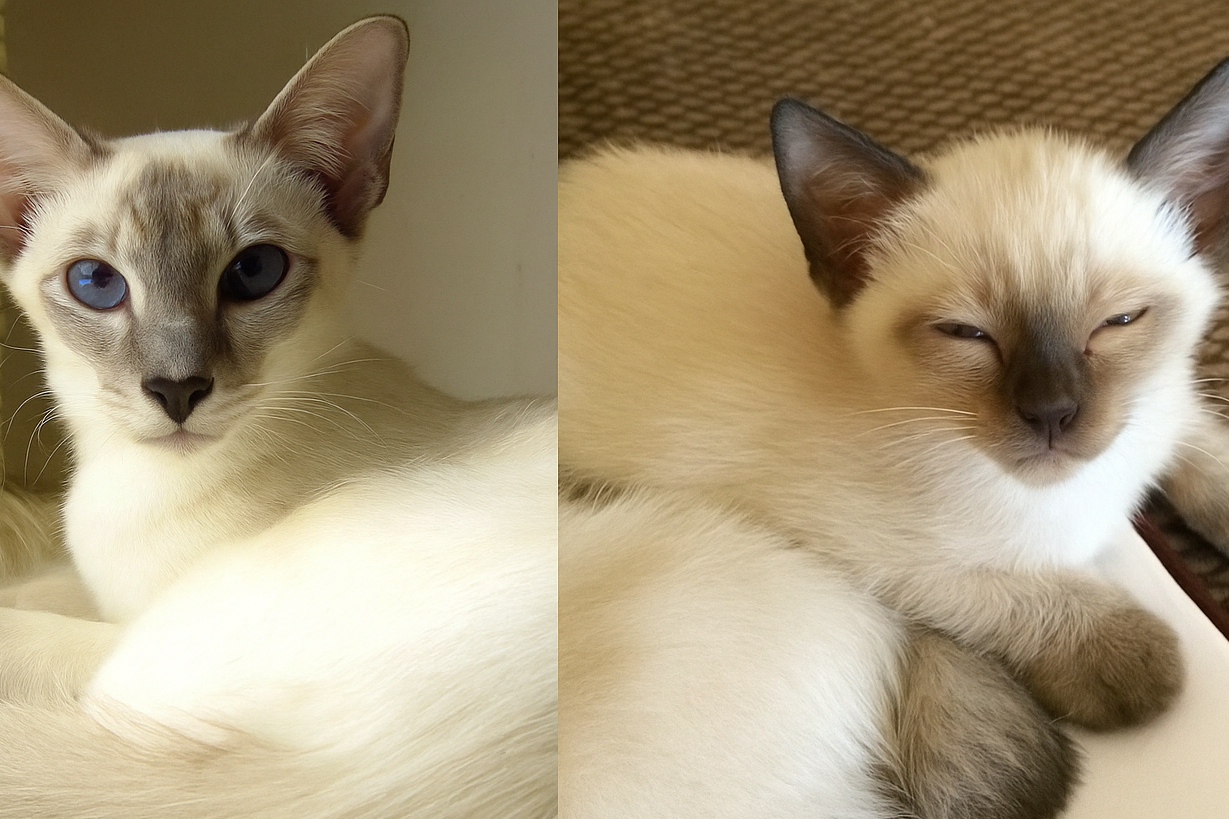
Javanese cats surprise many owners by changing from a light, almost white coat to rich, deepened points as they age. This long-haired cousin of the Colorpoint Shorthair shares the same genetic trait that responds to body temperature, revealing darker tones over time. According to breeders, “you never quite know what shades will appear until they are fully grown,” making each Javanese a one-of-a-kind story. Their loving, intelligent nature only adds to the joy of watching them mature, proving that sometimes the most beautiful things in life take time to fully shine.
This story 12 Cat Breeds That Change Color as They Grow Up was first published on Daily FETCH


